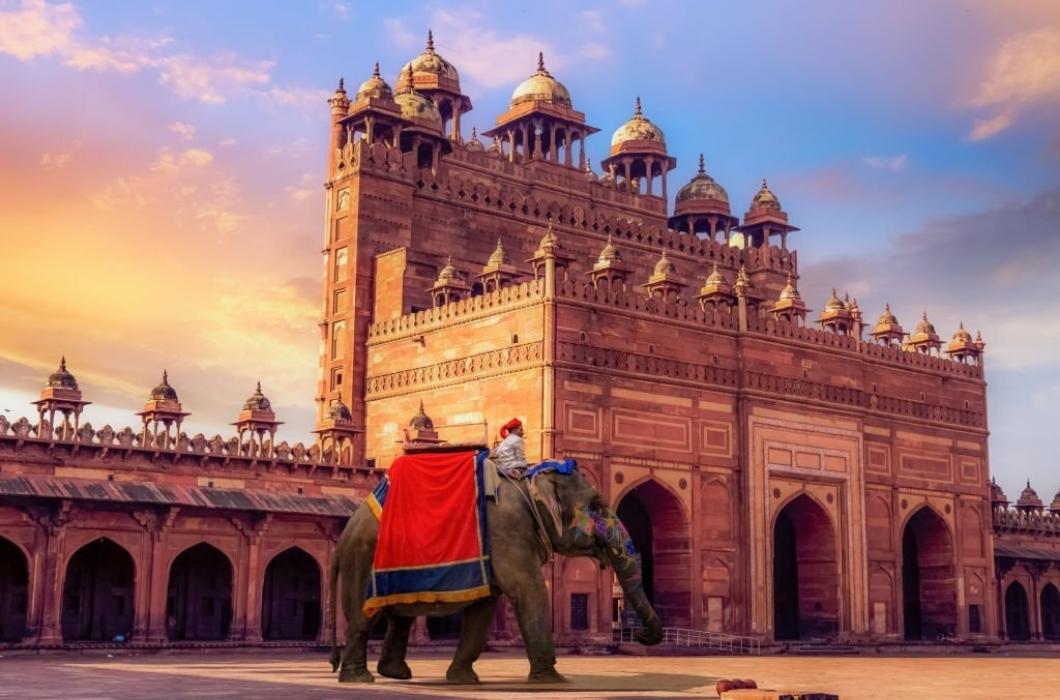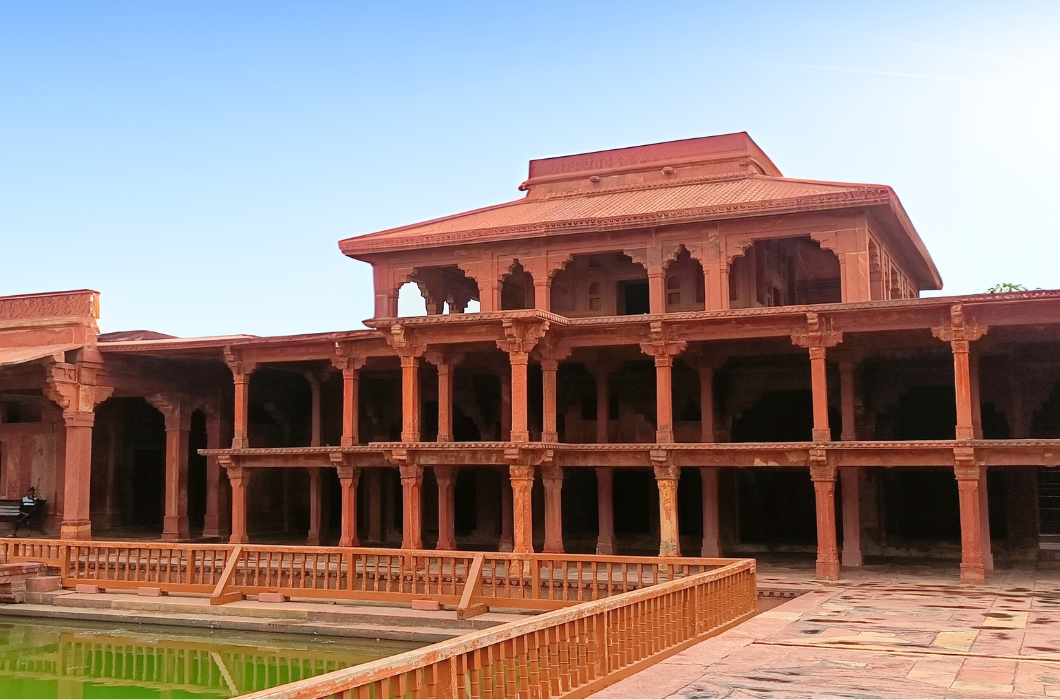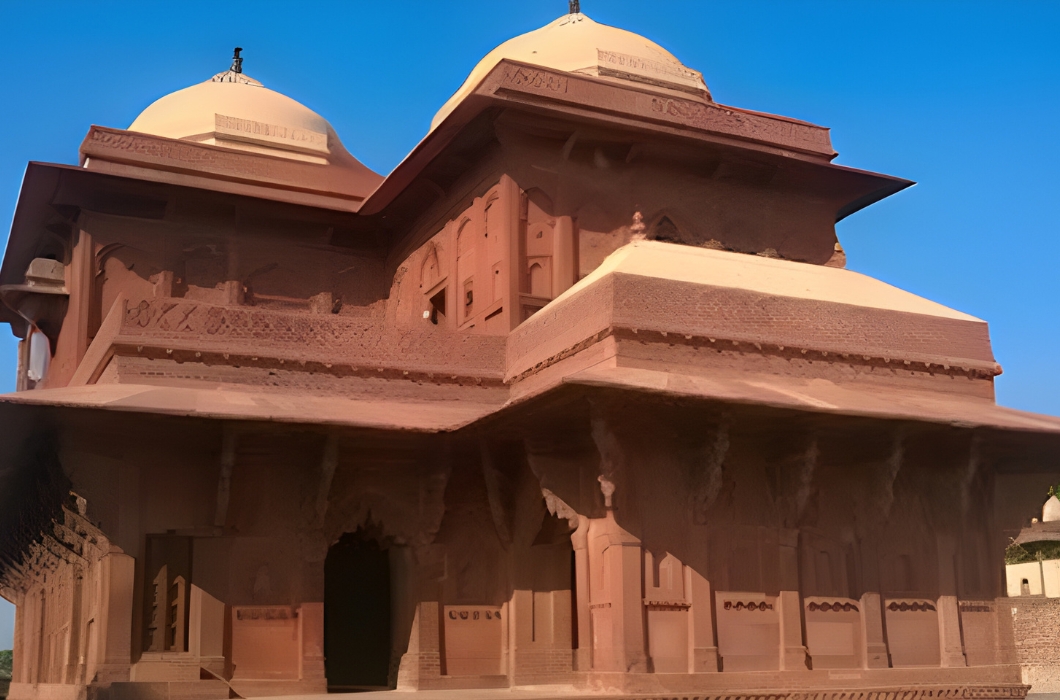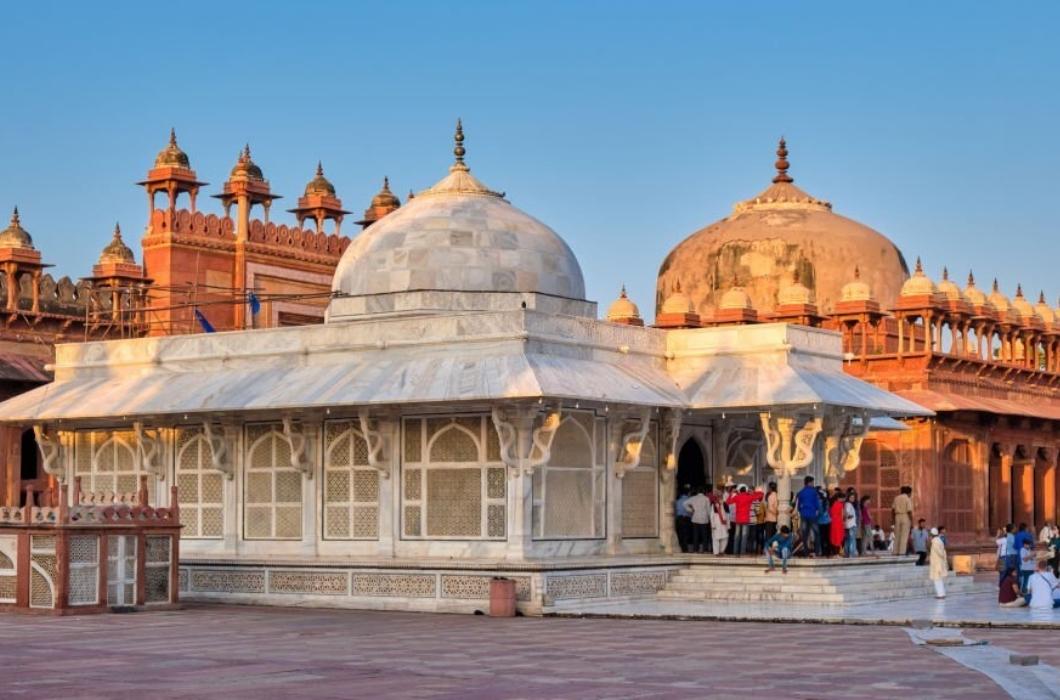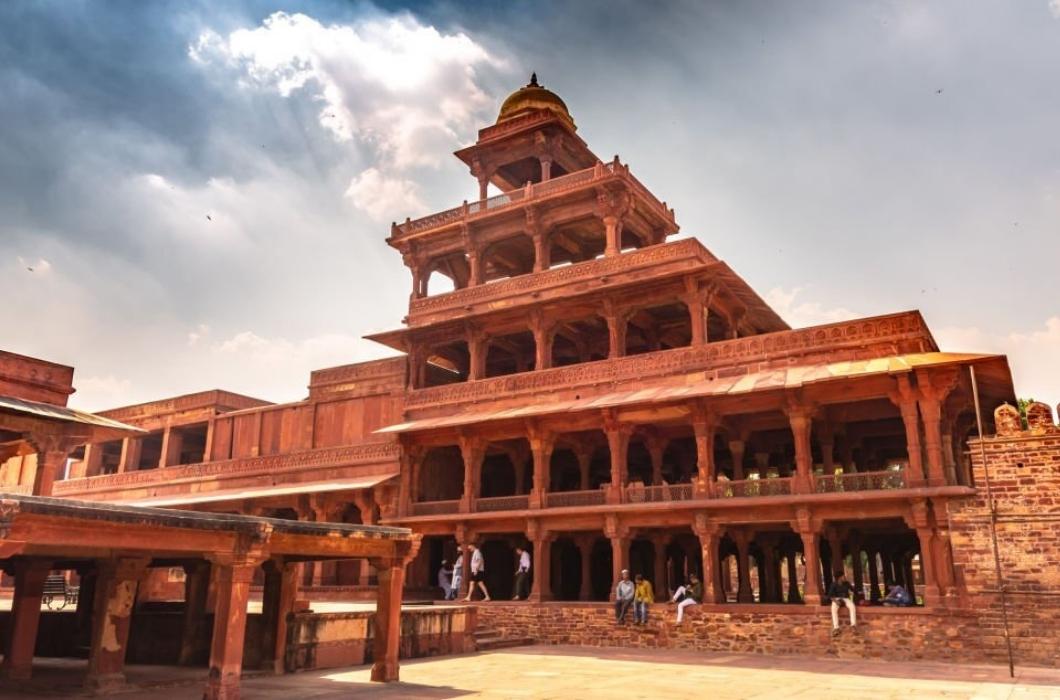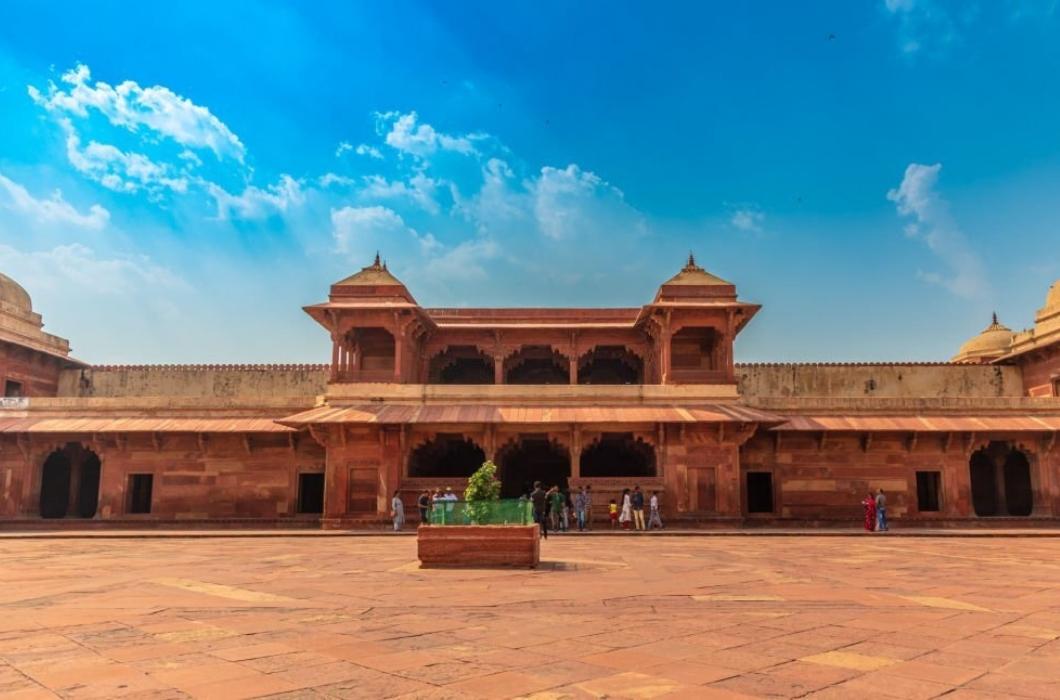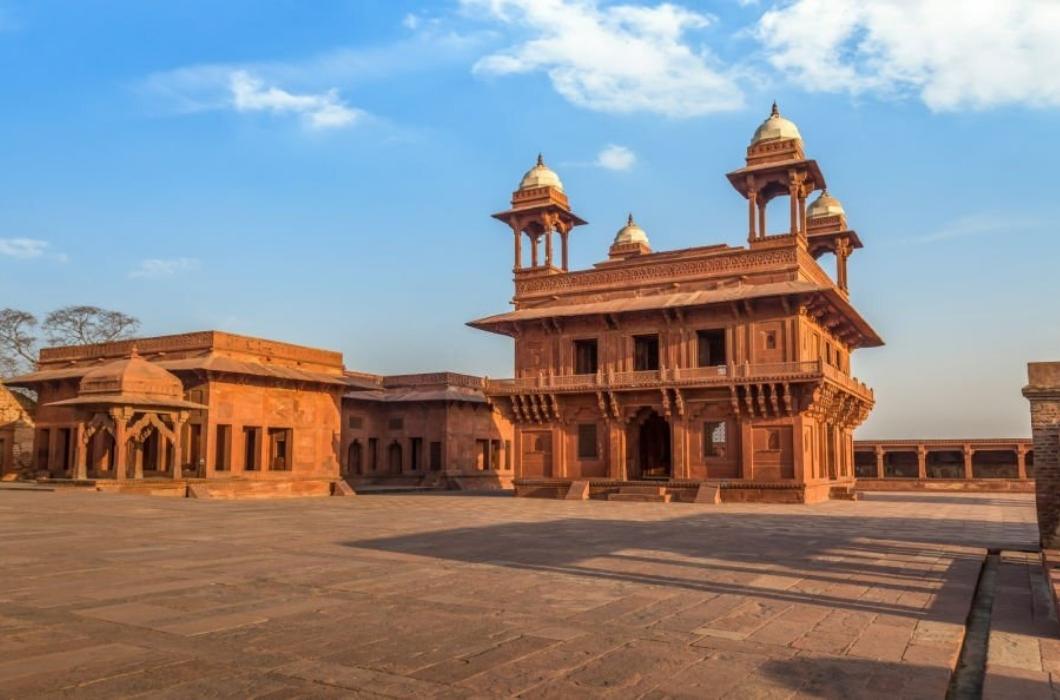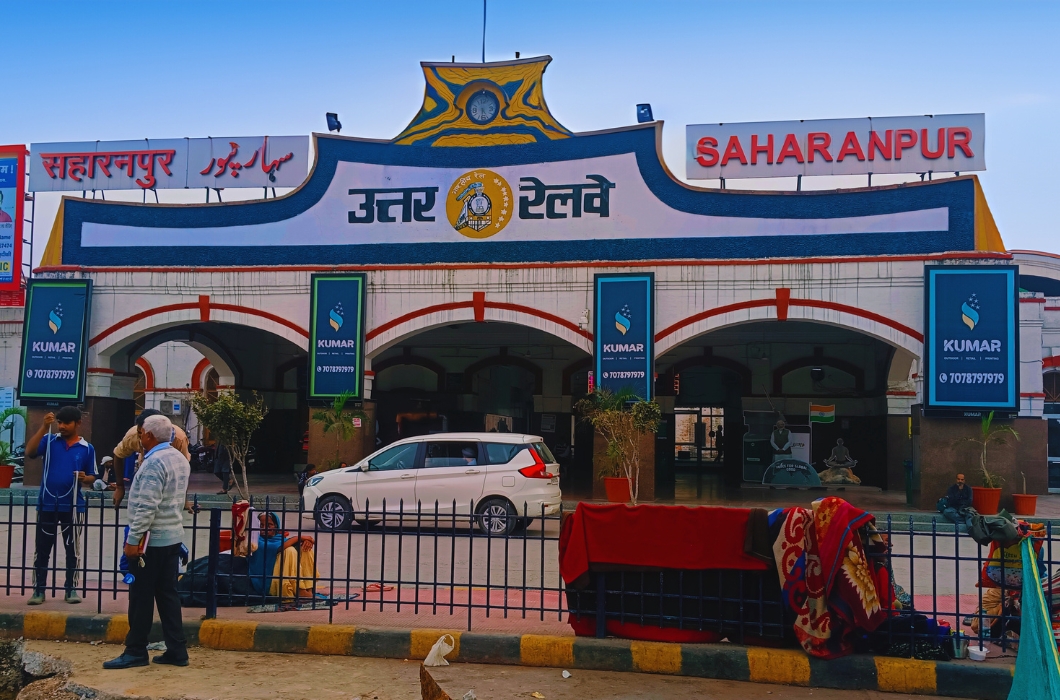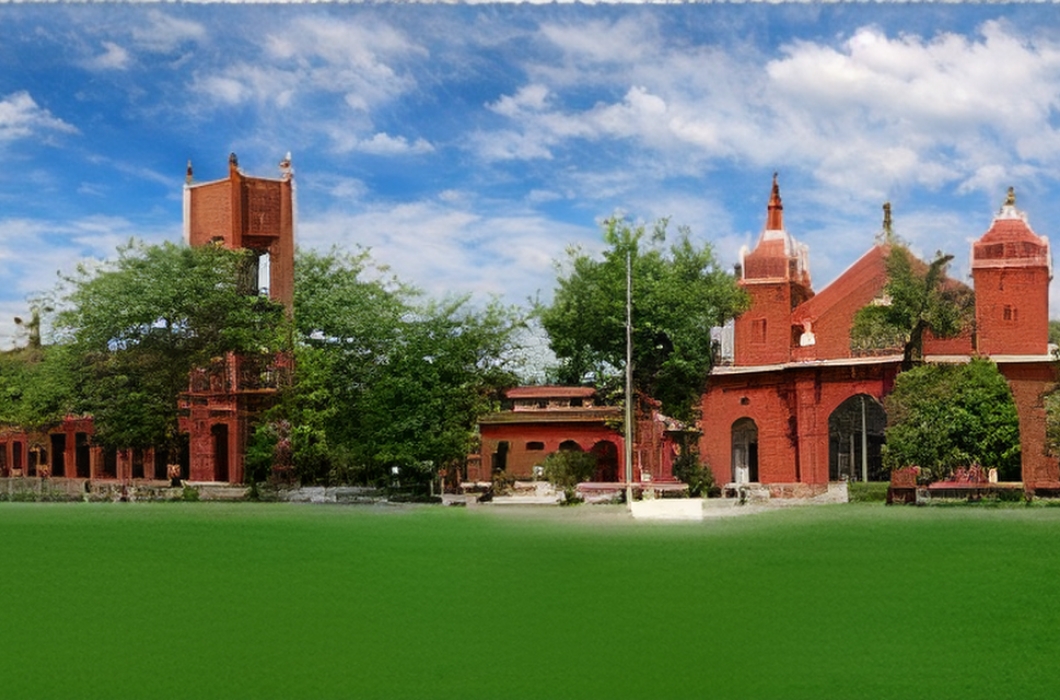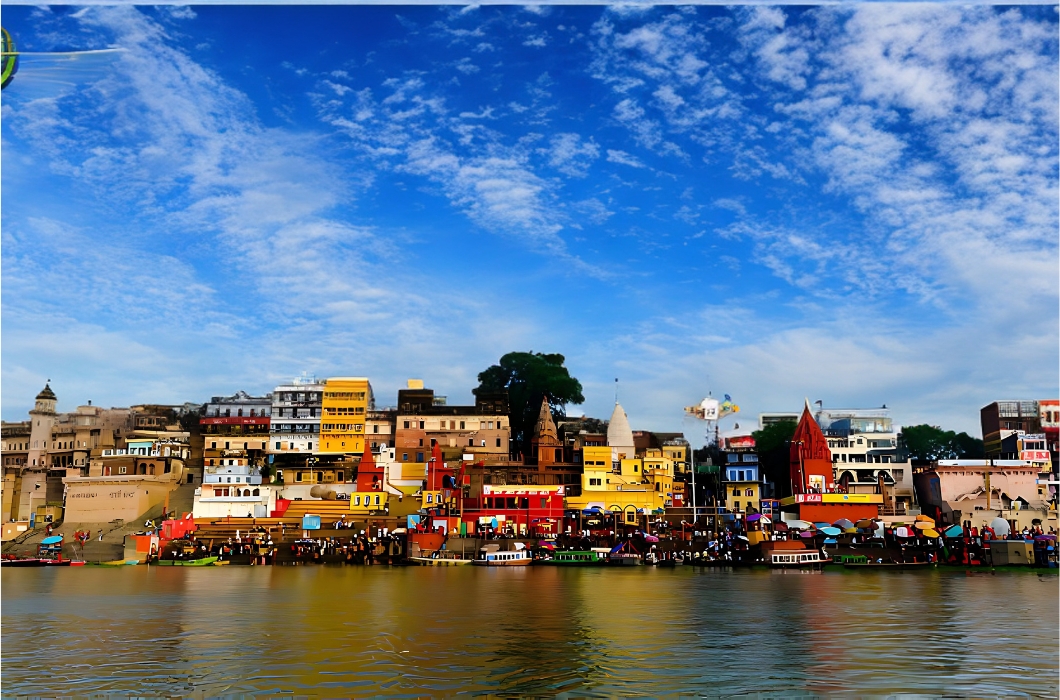Fatehpur Sikri is a town in the Agra District of Uttar Pradesh, India. Its Situated 35.7 kilometers from the district headquarters in Agra. This city itself was founded as the capital of the Mughal Empire in 1571 by Emperor Akbar, serving this role from 1571 to 1585.
According to its history, Syed Ali Nadeem Razavi, the region flourished under Sunga rule and then under Sikarwar Rajputs. He built a fortress when they controlled the area from the 7th to 16th century until the Battle of Khandwa the area later came under the rule of the Delhi Sultanate. Many mosques were built in this city which grew in size during the period of the Khalji dynasty. Basing his arguments on the excavations by the Archaeological Survey of India in 1999–2000 at the Chabeli Tila, senior Agra journalist Bhanu Pratap Singh said the antique pieces, statues. It structures all point to a lost “culture and religious site,” more than 1,000 years ago. This city sits on a rocky ridge, 3 kilometers n length and 1 km wide, and the palace city is surrounded by a 6 km wall on three sides with the fourth bordered by a lake. The city is organized around this 40 m high ridge. It falls roughly into the shape of a rhombus and the general layout of the ground structures, especially the “continuous and compact pattern of gardens and services and facilities”. The beautiful architecture of this city was modeled on Timurid forms and styles. The city was built massively and preferably with red sandstone and Gujarati influences are also seen in its architectural vocabulary and decor of the palaces of this city. The city’s architecture reflects both the Muslim and Iodoformism of domestic architecture popular in India at the time.

